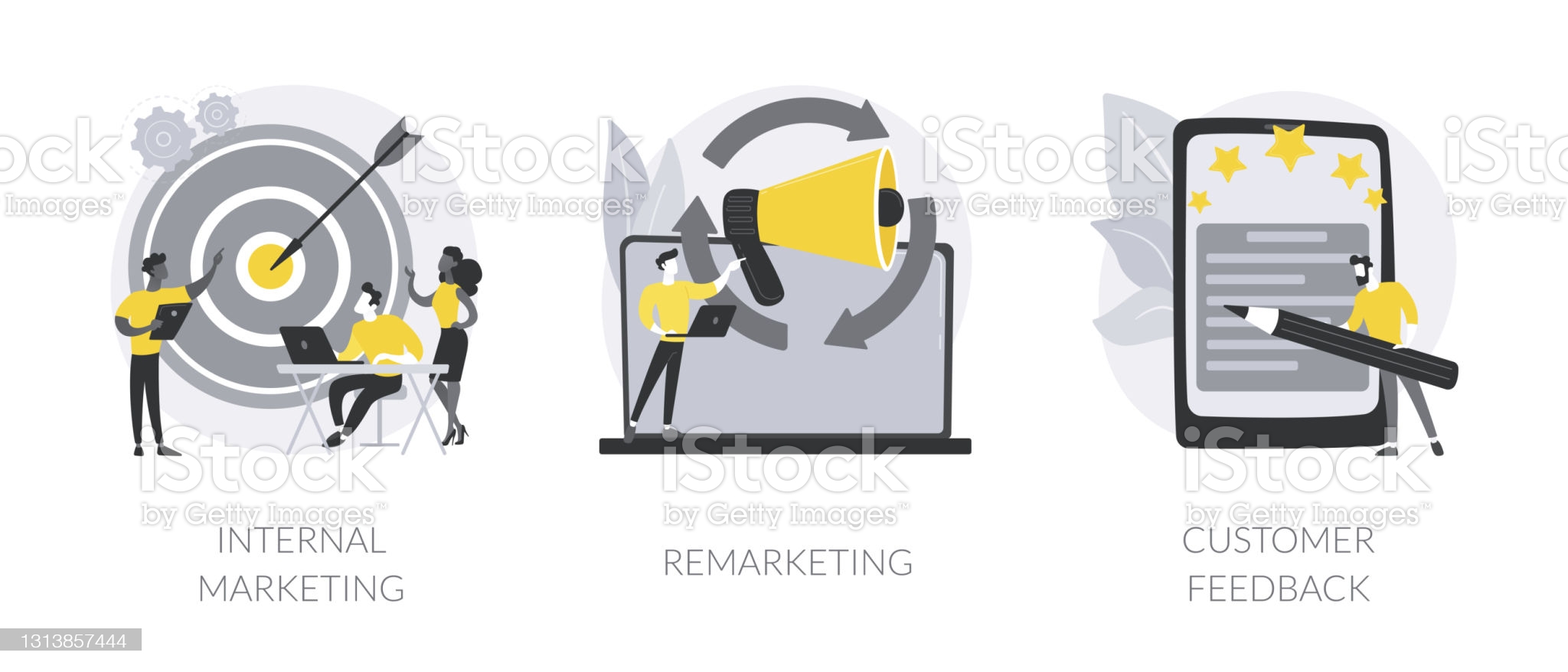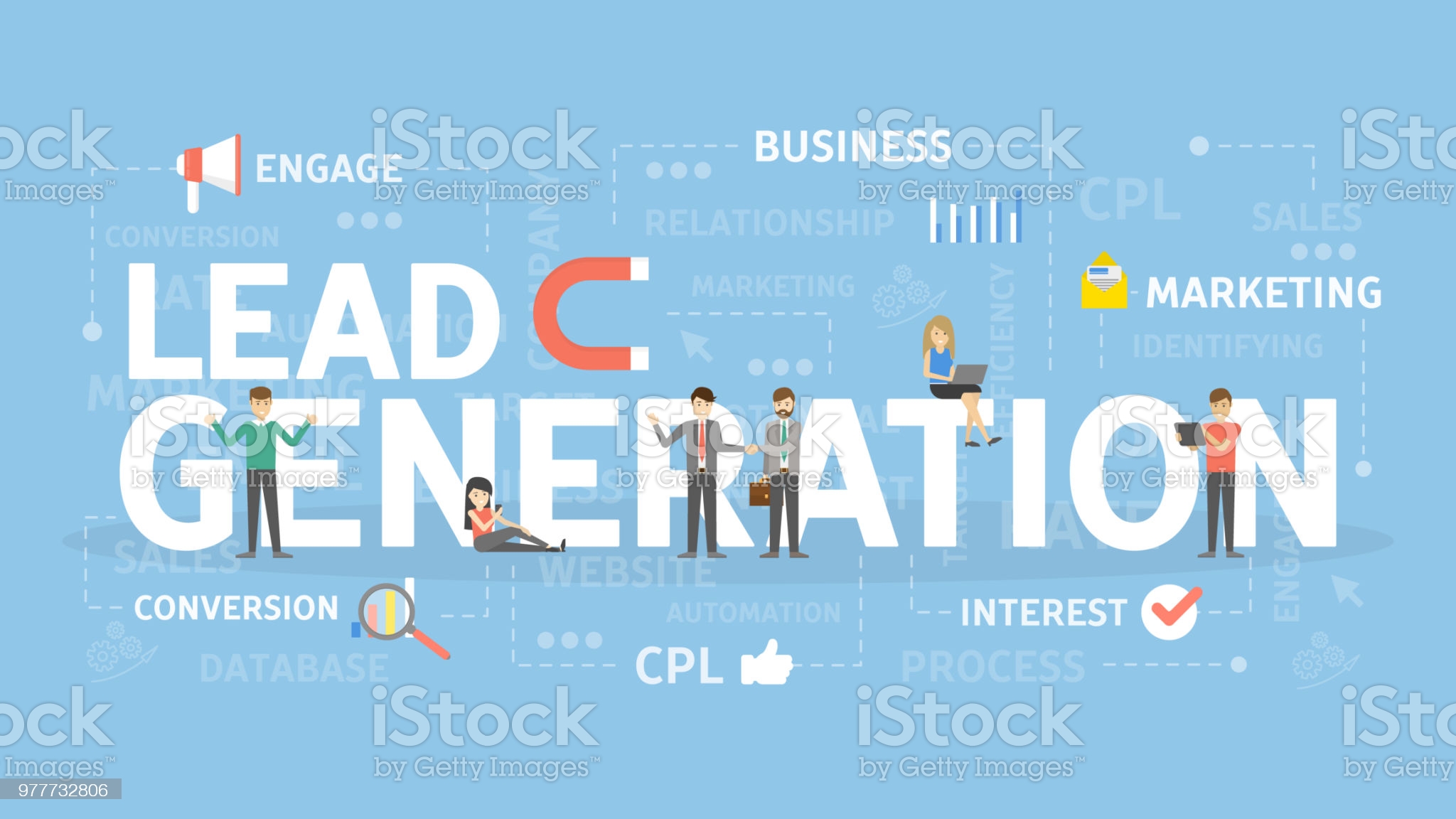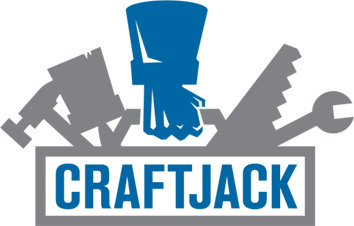Finding Value In Old Leads
If you're looking to grow your business, it's important to make use of all the tools available to you. A potentially lucrative approach that's commonly missed is finding value in old leads.

Competing for jobs as a contractor can easily turn into a grind of constantly trying to generate and close new leads as you grow your business. While having a forward-leaning mindset can be a good and necessary thing, it's also a good idea to remember that either "losing" or completing a specific job doesn't necessarily mean old leads can't also offer new opportunities going forward. Remarketing involves some time investment, but it can pay dividends as it helps refill your sales pipeline and make it easier to hit sales targets.
Review the tips below to find out more about how you can productively reengage past leads. Using the right approach, the proper methods, and the most effective channels available to you, remarketing can become a crucial part of your lead generation toolkit as a contractor.
If you're focusing on company growth, we can help you find more leads in your area. Sign up with CraftJack today to start finding more home service jobs near you.
The Benefits Of Remarketing
Before you think about how to approach old or stale leads, it's important to understand why you're doing so and what you have to gain from it. There are several common benefits to be had from reengaging leads from the past, even when those leads didn't go anywhere during the original sales process.
Evaluating Your Sales Process
One of the most fundamental ways that remarketing can help grow your business is the opportunity it provides to objectively evaluate your sales process. By systematically revisiting how your previous interactions went, you can not only effectively reengage your old leads but also refine how you approach new ones.
It's all about asking yourself the right questions about each stage of a lead's progress, or lack of it, through the sales pipeline:
[Bulleted List]If initial interactions did not progress further, ask whether you showed empathy for the customer's needs, provided insights that demonstrated your expertise, and showed them your problem-solving capabilities.If engagement stalled after the step of doing a needs assessment, ask whether you had an accurate picture of decision-making in the customer's business and had the right stakeholders involved in a clear conversation about their desired business results and metrics.If interactions stopped after the presentation stage, consider whether your presentation was focused on your products more than the customer's needs and other information you accrued during the needs assessment phase.
This kind of step-by-step evaluation can provide a road map for approaching old leads when the time is right.
Increasing Your Sales
Meeting sales targets is easiest when you have multiple ways of refilling your sales pipeline. If you have hundreds or even thousands of old and forgotten leads in your database and your sales process abandons those "lost" contacts in favor of the perpetual pursuit of fresher leads, your business is missing out on a potentially key source of deals.
In addition to this, successfully reactivating previous leads and getting their business does more than just increase your sales through direct engagement with them. It also shows your conscientious attention to detail, your willingness to own and correct past mistakes, and your overall efficacy in delivering for customers who might have been attracted by your initial offerings but didn't initially make the decision to work with you. That kind of demonstration can tremendously boost customer loyalty and the overall reputation of your business.
Loyal customers are some of the most eloquent champions your business can have, and reengaged customers who are delighted with their outcomes can become some of the most loyal. Contractors are always on the hunt for how to generate leads that are high-quality and motivated, and referrals and reviews from old leads you've reengaged and closed are some of the best lead generation tools you can have.
Saving Money On Lead Generation
Revisiting leads that are already in your database from past contacts can be a cost-effective alternative or supplement to spending money on fresh leads. This reengagement is about more than just saving cash on the process of making initial contact. A successfully reengaged customer will also typically buy faster than a fresh prospect, more than recouping the time and effort spent on remarketing and delivering a stronger result for your bottom line.
Improving Your Database
Reaching out to past leads can be a major help in cleaning up your company's database. Outdated contact information can lead to unforeseen problems, such as email servers categorizing your traffic as spam if a campaign produces too many bounce-back messages. Discovering where out-of-date contacts are in your database will increase the efficiency of your outreach and improve the overall power of marketing to grow your business.
Tips For Reactivating Old Leads
Once you've identified the potential benefits of reengaging old, "lost" contacts, the next step is engaging in that process with success. There are several key tips to follow in turning your old leads into present-day sales and future loyal customers.
1. Don't Approach Remarketing Casually
The first piece of advice anyone experienced with remarketing will give you is not to be casual about your approach. Part of what this means is that your approach should happen in an appropriate tone and venue. The first point of contact should not be a random comment on a social media post or an automated email, and any outreach should be personalized and carefully edited for correct language and grammar.
Your approach should not take past contact and conversations for granted. Overall, your re-outreach should be as professional as your initial contact was, and you should answer questions as if they're fresh.
That said, your approach should also reflect having done your homework, including a step-by-step evaluation of your sales process before you begin. Acknowledge your past conversations and interactions with that in view, and if mistakes during your earlier encounters derailed that sales process, address them frankly and specify how you've corrected them.
2. Test The Waters
Don't go directly for the pitch in your first email. One of the most common downfalls of salespeople can be coming across as too pushy. Catch their interest with a feeler, potentially by warming them up with a gift — something free, but that provides genuine value, can be effective in opening the lines of communication. This can be anything from an e-book to a webinar, a light contest, or a sweepstakes.
Another way to test the waters is a survey or an opinion poll. These can focus on what you did right or wrong in previous interactions and can in fact form a crucial part of doing your homework. Keep this kind of content simple and to the point, and embed a CTA to continue the conversation.
3. Catch Up With The Customer
Once you've succeeded in recontacting a previous lead, make a point of catching up with what they've been doing in the time since your last contact. This is a good way to bring a personal touch to the conversation and gauge whether they're genuinely interested in further contact. It can also provide you with useful cues as to their current needs. Pay close attention to any frustrations they express with current projects and partners and the ways you could help address them.
This is also an opportunity to catch the prospect up on what your company has achieved in the interim. If you've completed any major projects that might be relevant to their needs or interests and might be impressive to them, let them know and show them what they've been missing out on. If there've been major changes — especially if those changes address what might have been sticking points for a sale in the past — be sure to highlight them.
4. Get To The Point
Once you've tested the waters and caught up with each other, don't be under the impression that this introductory phase needs to be a long, drawn-out process. The customer knows you're getting in touch with them in hopes of ultimately making a sale, and if they're responding, they're likely to appreciate your coming to the point. When the time comes to make the pitch, don't beat around the bush or waste their time; tell them directly why you reached out and ask for the sale.
5. Leverage Trigger Events
Before you implement any of the above tips, it's important to make sure your timing is right. One of the best ways to know when to reach out to an old lead is to be on the lookout for trigger events. If there are changes in an old contact's circumstances or plans that could lead them to a fresh interest in working with you, that presents the possibility that they're not a dead lead.
One of the best ways to identify these kinds of trigger events is to scan the lead's social media feeds. Recent achievements and successes represent an opportunity to reach out with brief and sincere congratulations, which can be one of the most productive kinds of initial recontact messages. If their posts show interest in a specific kind of content related to their business, you might reach out to them with new and interesting information about that topic.

Useful Tools For Remarketing
Having the right approach to remarketing is important, but it's even more effective if your company also has the right software solutions and online marketing tools to support your efforts. This is a process that involves managing a lot of data and needing to be able to keep it up to date and rapidly accessible.
CRM Software
Sophisticated software tools for customer relations management (CRM) can be a major asset for reengaging past leads. A good CRM package can keep track of customers' needs and interests, keep records of your past interactions, and track agent performance and issues. It can also operate predictive analytics that can help identify the leads likeliest to respond to remarketing.
Marketing Automation Software
If you're looking for a general way to stay on the radar of old customers in between active remarketing campaigns, marketing automation software can be a good way to go.
It can track which of your emails are actually getting opened by your old leads, helping you fine-tune your subject lines. If you were marketing lead generation software to construction businesses, for example, successful subject lines might use "how to" statements such as "How to generate leads," or teaser subject lines such as "Free leads."
Marketing software can also automate email drip campaigns that keep past leads up to date on what your company is doing and offering. This isn't a substitute for the personalized and intentional process you'll need when it comes time to truly focus on remarketing, but it can help lay the groundwork.
Content & Social Media Channels
If you have an online channel for content such as a blog or a podcast, this can be a useful way to offer old prospects some incentive to reengage. You can ask them to guest write about an issue pertaining to their business or invite them as speakers on your podcast, providing them with exposure that's of genuine value.
Once you're back in touch with an old lead and engaged in remarketing them — or once you've successfully secured a sale with a reengaged lead — interacting with their social media channels is a good way to keep up casual contact. Engage with their content, and invite them to view yours.
Grow Your Business With CraftJack
With the right approach, a clear goal in view, and the right tools at your command, remarketing can be a key part of growing your business and boosting your sales. You can learn more about this and other methods of lead generation through CraftJack. Sign up today!



